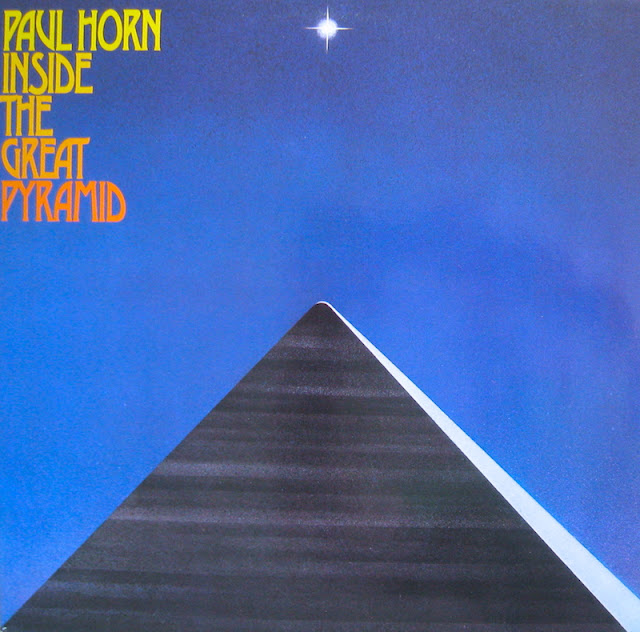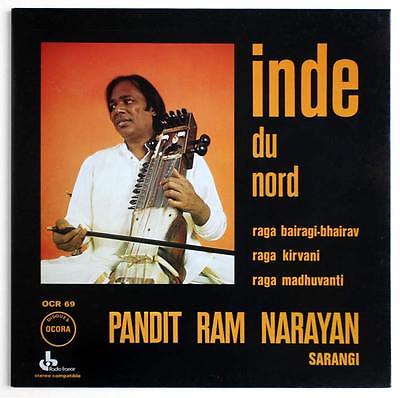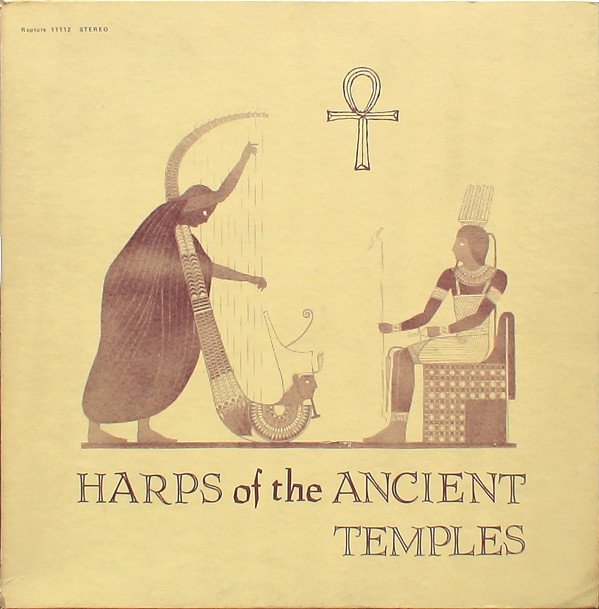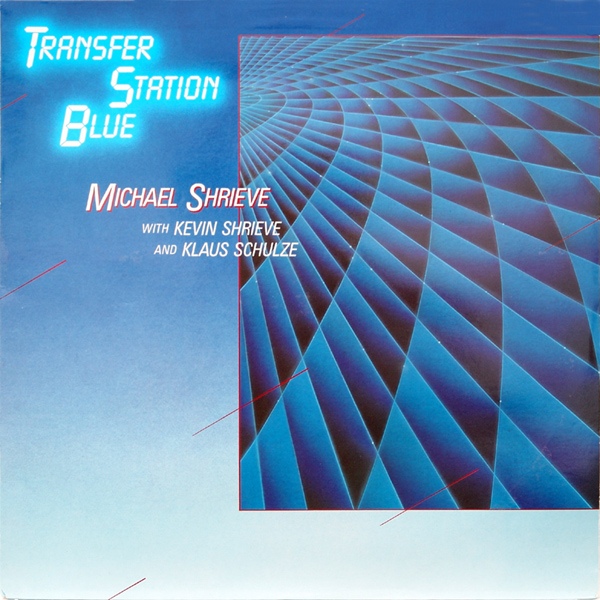
I’ve been hesitant to share this record because I can’t tell if everyone already knows it—it seems a bit dadcore, and I think it sold a bajillion copies—but it’s something I keep reaching for when fall turns to winter, so maybe y’all will enjoy it. I mentioned Paul Horn in my post about Pauline Oliveros the other week, and have been appreciating it even more in light of her recent passing.
Paul Horn was a legendary jazz flautist, saxophonist, and composer, and considered to be a new age pioneer. Inside The Great Pyramid was part of his “inside” series, in which he recorded site-specific music in places of spiritual significance, oftentimes making him the first person to record music in those locations. In addition to sneaking a tape recorder into the Taj Mahal, he was the first westerner to be granted permission to perform in the Potala Palace in Lhasa, Tibet, considered to be the spiritual nexus of Tibetan Buddhism. This was the first recording made in the Great Pyramid of Giza, and I think that most or all of it was recorded in the King’s Chamber right at the heart of the pyramid. The story goes that Paul began by hitting the large granite sarcophagus in the center of the room with the flat of his hand, which emits a resonant tone of 438Hz, slightly lower than an A. (You can hear this in the opening track previewed below.) Horn tuned his flute to that and improvised from there.
As you might expect, the natural reverb and room tone is arguably the most interesting part of the record. Horn is an incredible flautist, and he vocalizes a bit too, but the weight and air of the pyramid steal though show, especially given that the pyramid’s strong resonance was a deliberate feature of its architecture.








